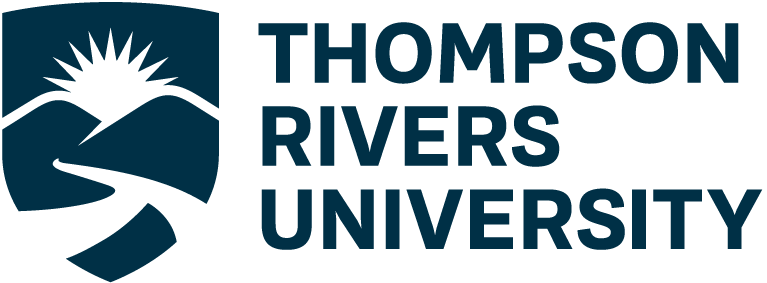Universal Design for Learning
Universal learning promotes inclusivity, flexibility, enhanced comprehension, and accessibility in educational settings, benefiting all students. The important considerations to incorporate the universal design of learning include:
- Accessibility in Online Learning Environments: Ensuring accessibility in online learning platforms is essential for creating an inclusive educational experience. This includes incorporating features such as captions, sign language interpretation, and media players that support accessibility. By providing clear instructions, tasks, and deadlines, instructors can help keep students engaged and on track with their learning goals.
- Enhanced Comprehension: Offering multiple options for comprehending course materials—such as images, tables, and graphs—can benefit all students, including those with disabilities. Visual aids can help reinforce concepts and improve understanding, making the learning experience more effective for everyone.
- Flexibility: Distributed learning environments offer flexibility for students to study at their own pace and access relevant resources anytime, anywhere.
- Inclusive Learning: Inclusive learning ensures students have access to educational resources and materials regardless of their abilities or learning styles. By incorporating different multimedia tools, instructors can accommodate the needs of everyone, not just students with disabilities.
Media Attributions
The featured image was created by Jung-Lynn Jonathan Yang under a CC BY-NC-ND 4.0 license.

